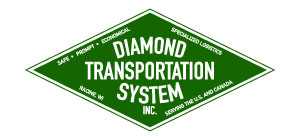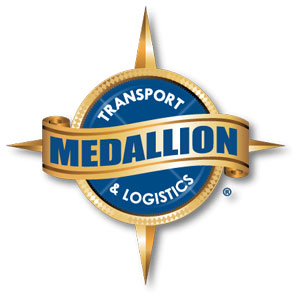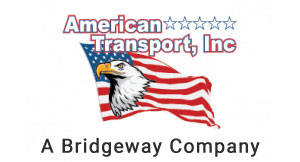What Are the Best Ways to Transport Heavy Equipment
Heavy equipment is a necessary component of any job, be it construction, landscaping, or manufacturing. However, rarely is this equipment where it needs to be at all times. Instead, machinery and vehicles of all shapes and sizes must be shipped to the project location. Fortunately, there are a few ways to do this efficiently. So, next time you have to transport heavy equipment, follow these guidelines.
Flatbed Shipping
A flatbed truck is a vehicle with a large, flat, and open bed in the back. The appearance is similar to a pickup truck but without the sides. Flatbed shipping is ideal for heavy equipment because these trucks can handle a wide array of shapes and sizes. Because there are no walls or roofs to worry about, you can send pieces like cranes and bulldozers on a flatbed.
The other advantage of flatbed shipping is that it’s safer for the equipment itself. For example, most construction machinery is not street legal, and trying to drive a rig to a job site can increase its wear and tear. So, it’s much better to ship the equipment on a flatbed and avoid this problem altogether.
You can also use extendable flatbed trucks, which use steel beams to make the bed longer and more accommodating. The trade-off, though, is that you can’t haul as much weight because an extended bed doesn’t have as much support.
Oversize Load Shipping
Although a flatbed truck can work for most situations, it has some limitations. If you’re hauling specialized equipment, you need a specialized truck and trailer. In some cases, you have to get a customized rig that can handle specific parameters, such as extra-wide or extra-tall loads.
For example, you might need to use a step-deck trailer that sits lower to the ground than a flatbed. This option ensures that you can avoid violating any height restrictions on the road. As a rule, the maximum height for any vehicle is 13 feet, six inches. So, a step-deck trailer can give you an extra foot or so of wiggle room so that you don’t risk getting pulled over.
Another option is a removable gooseneck, which is ideal for hauling extra-heavy equipment. In some cases, you can carry up to 150,000 pounds, aka 7.5 tons. That said, you may come across weight restrictions during your trip, so you need to check local regulations beforehand.
Extra Steps You Can Take to Make Shipping Easier
The best way to ensure a smooth and efficient haul is to prep your equipment and transportation ahead of time. Here are some ways to alleviate any potential issues that might come up.
- Know Your Regulations – You don’t want your cargo to get pulled over in transit because it’s too bulky or heavy. Although there are no federal guidelines for maximum height, each state sets its own regulations. So, if you’re hauling heavy equipment across state lines, you need to know what to expect in each location. You will also likely have to get permits and paperwork so that your machinery doesn’t get impounded.
- Ship the Equipment in Pieces – One easy way to alleviate any shipping problems is to take the machinery apart. Doing this enables you to use standard semi-trucks, which are much more efficient and easier to use. That said, make sure that your equipment can be broken down and reassembled. Otherwise, you might not be able to use the machinery once it arrives.
- Plan Your Route – Oversized loads can be a hassle when they’re not on a federal highway or freeway. Your team will have to worry about low bridges and other clearance obstacles that could lead to disaster. So, you should plan your route to avoid these problems and ensure that the load will arrive quickly and safely.
- Consider Escort Vehicles – When hauling oversized and heavy equipment, you’ll likely need escort cars or trucks to notify other drivers of the wide or tall load. In some cases, these vehicles can also act as a warning system. For example, the lead car might have a pole that matches the equipment’s height. If the pole hits something, the driver can warn the convoy to pull over.
Ship With Osage Trucking
Regardless of the situation, you need a trucking company that can adapt to your needs. At Osage Trucking, we have a wide array of vehicles and logistics services to ensure that your equipment arrives safely and on time. Contact us today to see what we can do for your business. We’ll customize a quote that fits your needs and your budget.















